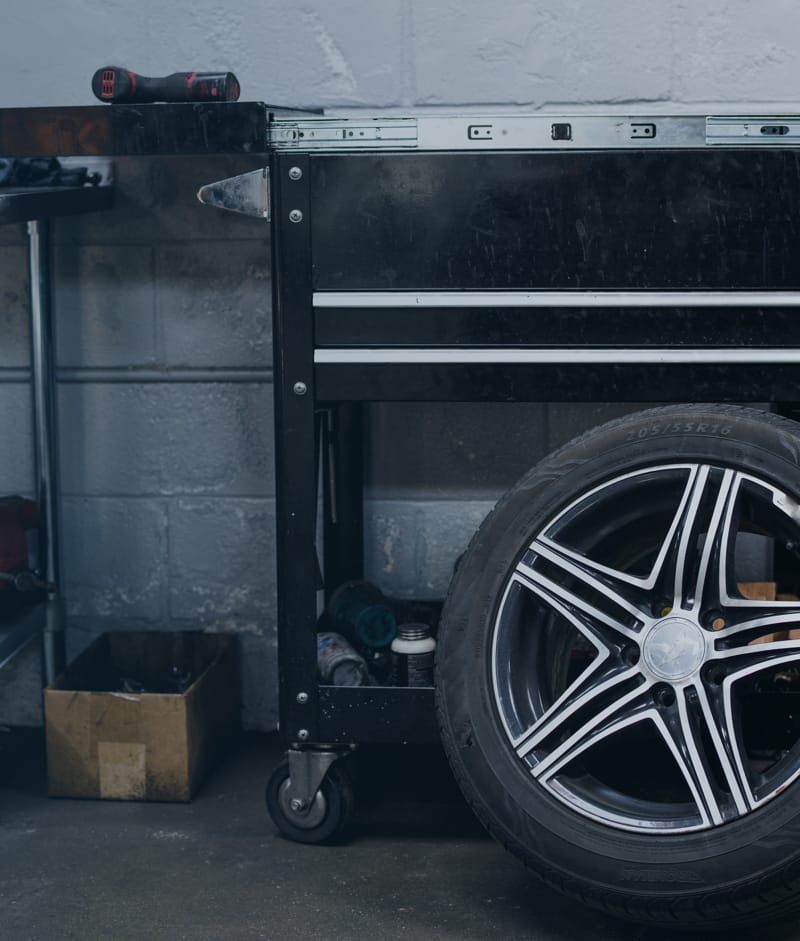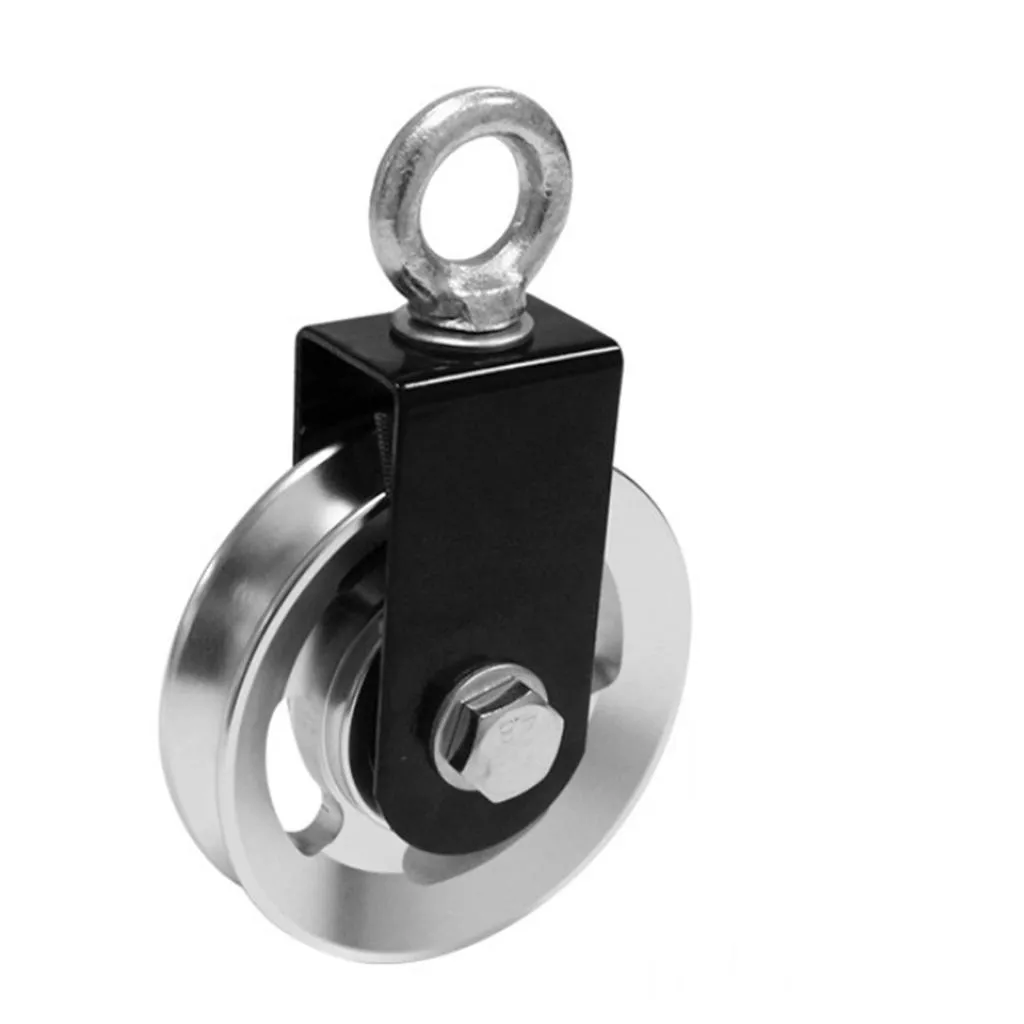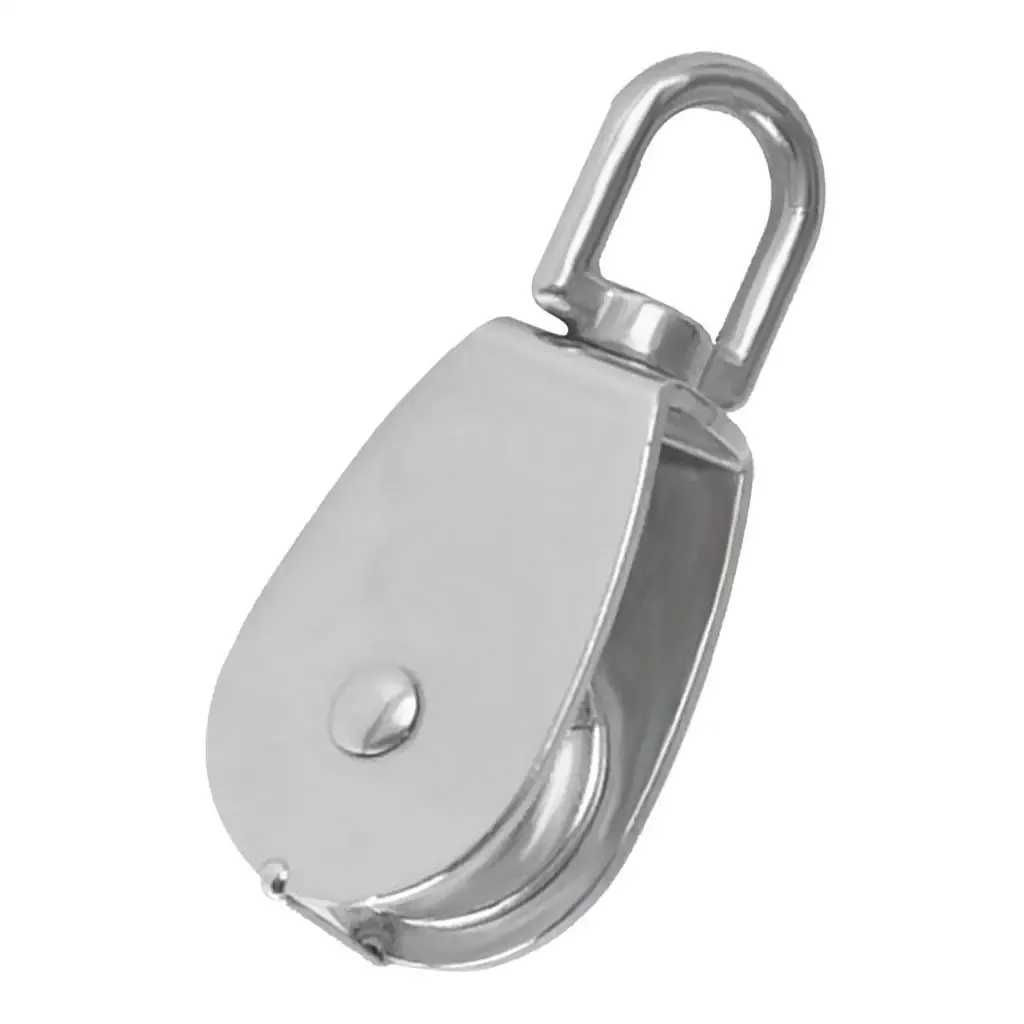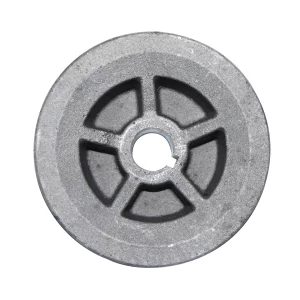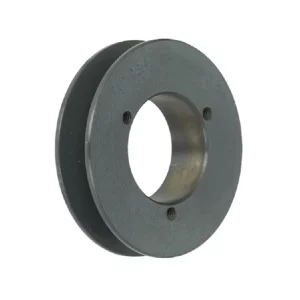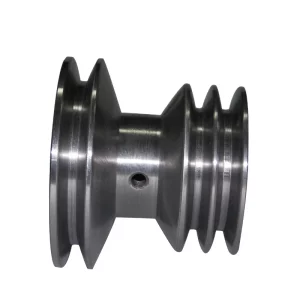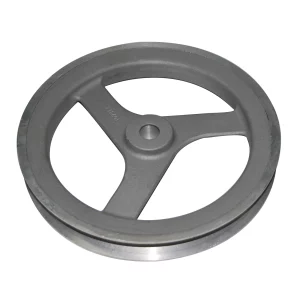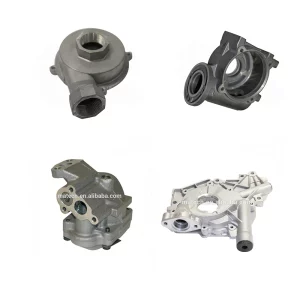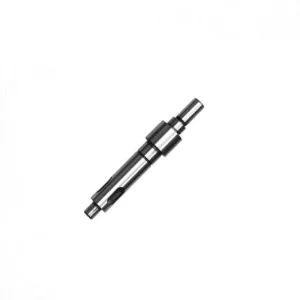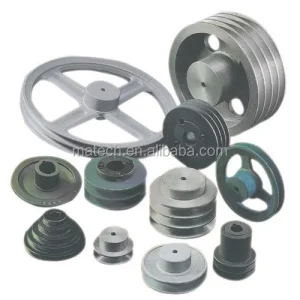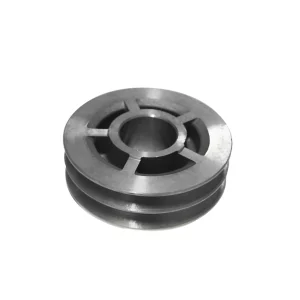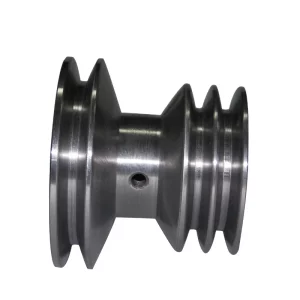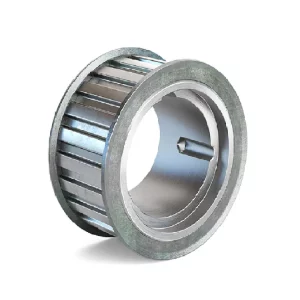LIFTING PULLEY
Manufacturer & Supplier
What Is A Lifting Pulley?
The lifting pulley is a versatile and indispensable tool in the realm of load handling and hoisting operations. Designed with precision and durability in mind, this device offers a reliable solution for lifting heavy objects with ease and efficiency. Whether you are involved in construction, manufacturing, or logistics, understanding the features, usage methods, and maintenance of lifting pulleys is crucial for optimizing your lifting operations.
Sheave
The central component of a lifting pulley, the sheave is a grooved wheel or pulley over which the rope or cable is threaded.
Housing
The housing encloses the sheave, providing support and stability.
Types of Lifting Pulleys
Single Sheave Pulley: Features a single grooved wheel and is suitable for light to moderate loads.
Double Sheave Pulley: Consists of two sheaves side by side, offering increased mechanical advantage and better load distribution.
Triple Sheave Pulley: Incorporates three sheaves for maximum mechanical advantage, making it ideal for heavy loads.
Benefits of the Lifting Pulley
Lifting pulley is a reliable and efficient tool for heavy lifting tasks.
Increased Efficiency
The lifting pulley reduces the effort required for heavy lifting tasks, allowing users to accomplish more in less time and with less physical strain.
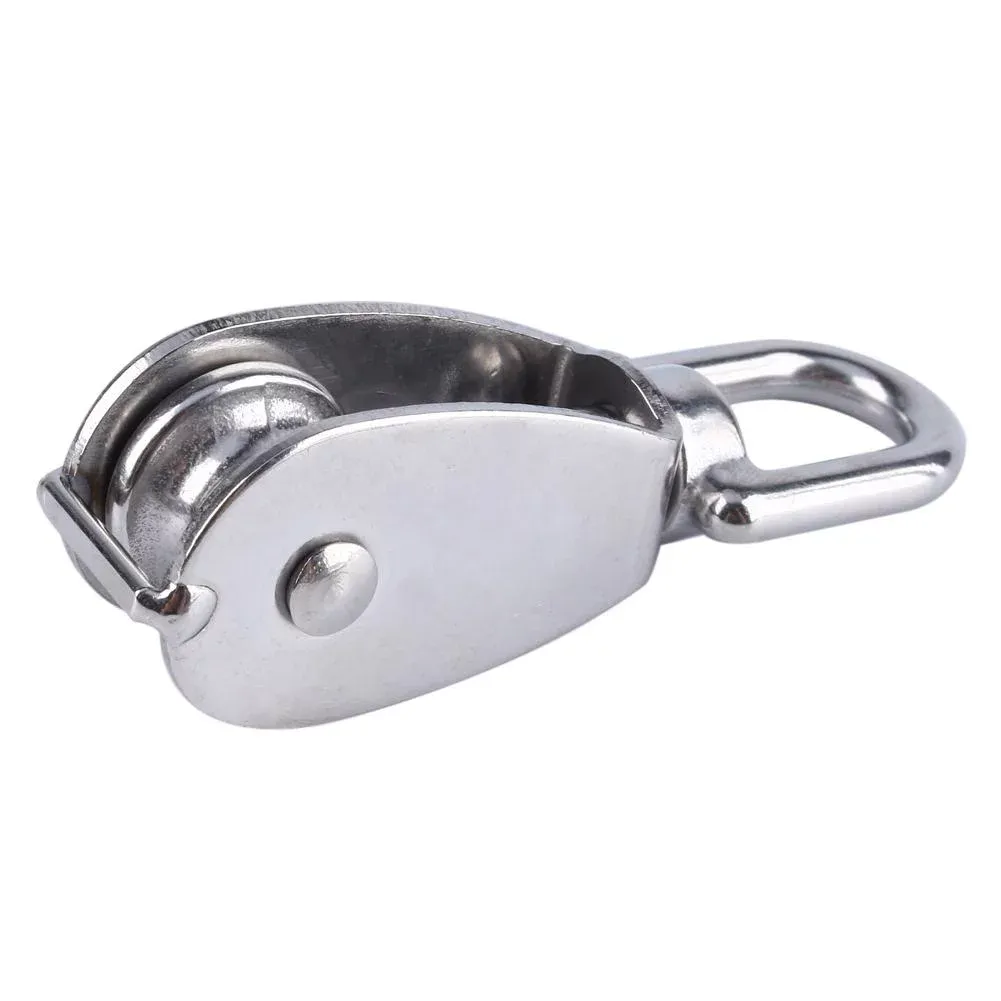
Versatility
It can be used in a wide range of applications, including construction, manufacturing, warehousing, and more, making it a valuable tool across various industries.
Enhanced Safety
By providing controlled and balanced lifting, the lifting pulley reduces the risk of accidents or injuries associated with manual lifting.
Products
Customers
Years
Key Characteristics of Lifting Pulley:
Sturdy Construction
The lifting pulley is built with high-quality materials such as durable steel or alloy, ensuring strength and longevity.
Multiple Sheaves
It features one or more sheaves, which are grooved wheels designed to guide and support the lifting rope or cable.
Load Capacity
Lifting pulleys are available in various load capacities, allowing users to select the appropriate model based on their specific lifting requirements.
Swivel Hook
Many lifting pulleys come equipped with a swivel hook, which provides flexibility and allows for easy attachment to ropes, cables, or other lifting mechanisms.
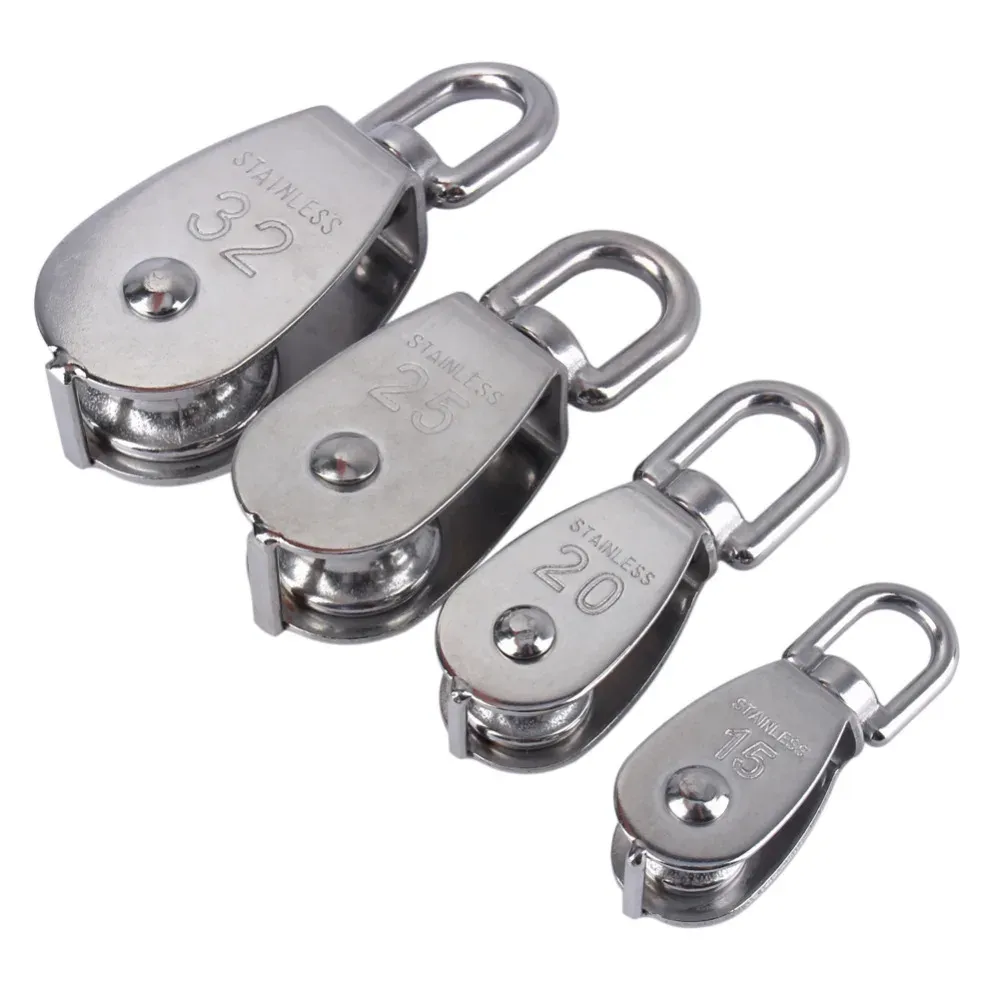
Maintenance and Safety Considerations
Check for signs of wear: Inspect the sheaves, housing, and attachment points for any signs of wear, corrosion, or deformation. Replace any damaged components promptly.
Lubrication: Apply a suitable lubricant to the sheaves and moving parts to minimize friction and ensure smooth operation.
Rope or Cable Maintenance: Regularly inspect the rope or cable for signs of fraying, kinks, or excessive wear. Replace worn-out ropes or cables to prevent accidents.
Follow manufacturer guidelines: Adhere to the manufacturer’s instructions and recommendations for safe usage, load capacity, and maintenance procedures.
Proper training: Ensure that operators are trained in the correct usage and handling of lifting pulleys to mitigate risks and ensure safe operations.
Load limitations: Never exceed the maximum load capacity specified by the manufacturer to prevent equipment failure and potential accidents.
Secure attachment points: Always ensure that the lifting pulley is securely attached to a reliable anchor point or lifting mechanism to avoid unexpected detachments.
Pulley For Sale
-
A360 Aluminum Alloy Metal Pulley Die Casting Parts Spec For Industrial
-
Automotive Components Custom Sand Casting Grey Iron Cast Pulley Wheels
-
China Fabrication Service Precise Anodized Custom CNC Machining Metal Parts Pulley
-
China Factory OEM Custom Industrial Auto Sand Cast Iron Pulley
-
China Foundry Custom Made A380 Aluminium Casting Low Pressure Pulley
-
China Foundry Top Quality Custom Alloy Aluminum Die Casting Pulley
-
China Manufacturer Supply Custom Drive Shaft With Gear Pulley
-
China MaTech Factory Custom Gravity Cast Aluminium Die Casting Belt Pulley
-
China MaTech Factory Foundry Custom A380 Die Cast Aluminum Alloy Pulley
-
China Motorcycle Parts Transmission Belt Pulley Cover Manufacturers For All Cars
-
China Supplier Custom Lost Wax Casting Method Of Casting Steel Pulley
-
Custom Sand Casting Iron Cast Large Pulley Wheel From Foundry
